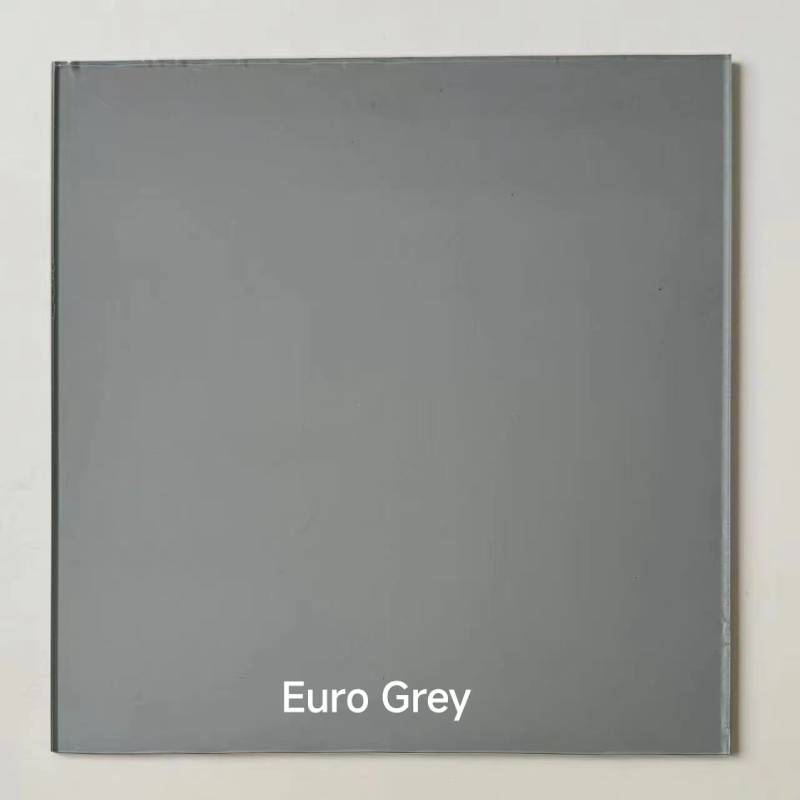

The Importance and Applications of Laminated Float Glass
Laminated float glass has become a cornerstone in the architectural and manufacturing industries, recognized for its strength, safety, and aesthetic appeal. This engineered material consists of two or more layers of float glass bonded together with an interlayer, usually made of polyvinyl butyral (PVB) or ethylene-vinyl acetate (EVA). This unique composition not only enhances the glass's performance but also offers various applications that cater to modern demands.
One of the most significant advantages of laminated float glass is its safety features. In the event of breakage, the interlayer holds the shattered glass pieces in place, reducing the risk of injury from sharp edges and falling debris. This makes it an ideal choice for locations with high foot traffic, such as shopping malls, airports, and schools. Furthermore, laminated glass can effectively block harmful ultraviolet (UV) rays, protecting both occupants and furnishings from sun damage, while contributing to energy efficiency by minimizing heat transfer.
Another compelling feature of laminated float glass is its sound insulation properties
. The interlayer serves as a barrier that absorbs sound waves, making it an excellent choice for buildings situated in noisy environments, like urban centers. This feature enhances the comfort of living and working spaces, leading to increased productivity and well-being.
In terms of aesthetics, laminated float glass offers incredible design flexibility. It can be manufactured in various thicknesses, colors, and patterns, allowing architects and designers to create visually stunning structures that can blend with their surroundings. The ability to incorporate decorative elements, such as printed or etched designs between the layers of glass, further expands design possibilities, enabling innovative façade applications and interior designs that are both functional and beautiful.
The use of laminated float glass extends beyond architecture. It's often utilized in the automotive industry, where safety and visibility are paramount. Windshields made from laminated glass provide robustness and minimize the likelihood of shattering upon impact. This technology not only protects passengers but also enhances the overall structural integrity of vehicles.
Another interesting application is in the field of electronics, where laminated glass is used in the manufacture of screens for devices such as smartphones, tablets, and televisions. The durability and clarity of laminated glass contribute significantly to user experience, making devices more resilient to daily wear and tear.
In conclusion, laminated float glass stands out as an essential material combining safety, performance, aesthetics, and versatility. Its contributions to architecture, automotive design, and consumer electronics highlight its integral role in modern society. As technology advances and the demand for sustainable and safe solutions grows, laminated float glass is poised to play an even larger role in the future. Whether it's enhancing the visual appeal of a building or ensuring the safety of a vehicle, laminated float glass continues to prove itself as a vital innovation.